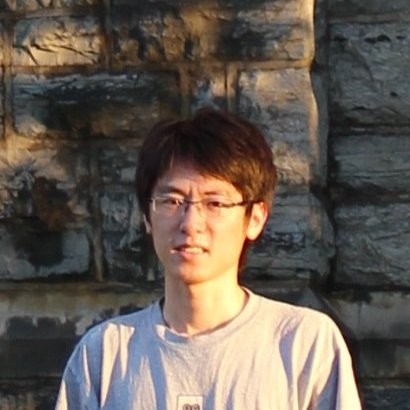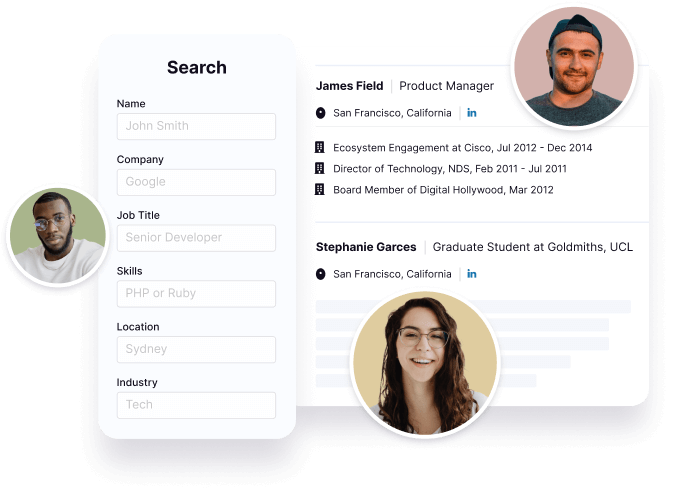Thomas Whaples's Email & Phone Number
Senior Software Engineer at Cadre
Thomas Whaples Email Addresses
Thomas Whaples Phone Numbers
Thomas Whaples's Work Experience

Preprofessional software engineer

EH.Net
Systems Engineer

Senior Software Engineer

Intern

AirWave Wireless
Software Engineer

Senior Consultant

Nearbuy Systems
Member of Technical Staff

Software engineer

Aruba Networks
Software Engineer

Software Engineer
Show more
Show less
Thomas Whaples's Education
Wake Forest University
Bachelor of Science, Computer Science
Show more
Show less
Frequently Asked Questions about Thomas Whaples
What is Thomas Whaples email address?
Email Thomas Whaples at [email protected]. This email is the most updated Thomas Whaples's email found in 2024.
What is Thomas Whaples phone number?
Thomas Whaples phone number is +1 4154268585.
How to contact Thomas Whaples?
To contact Thomas Whaples send an email to [email protected]. If you want to call Thomas Whaples try calling on +1 4154268585.
What company does Thomas Whaples work for?
Thomas Whaples works for Cadre
What is Thomas Whaples's role at Cadre?
Thomas Whaples is Senior Software Engineer
What industry does Thomas Whaples work in?
Thomas Whaples works in the Computer Software industry.
Thomas Whaples's Professional Skills Radar Chart
Based on our findings, Thomas Whaples is ...
What's on Thomas Whaples's mind?
Based on our findings, Thomas Whaples is ...
Thomas Whaples's Estimated Salary Range
Thomas Whaples Email Addresses
Thomas Whaples Phone Numbers
Find emails and phone numbers for 300M professionals.
Search by name, job titles, seniority, skills, location, company name, industry, company size, revenue, and other 20+ data points to reach the right people you need. Get triple-verified contact details in one-click.In a nutshell
Thomas Whaples's Ranking
Ranked #558 out of 11,168 for Senior Software Engineer in New York
Thomas Whaples's Personality Type
Introversion (I), Sensing (S), Thinking (T), Perceiving (P)
Average Tenure
2 year(s), 0 month(s)
Thomas Whaples's Willingness to Change Jobs
Unlikely
Likely
Open to opportunity?
There's 85% chance that Thomas Whaples is seeking for new opportunities
Top Searched People
Brazilian soccer player
Portuguese navigator and explorer
Brazilian soccer player
Baseball pitcher
Mexican-American film actor



































Thomas Whaples's Social Media Links
/in/whaples